Table of Contents
Personnel Administration:
Personnel constitutes an integral part of the organization. In fact, no organization can come into existence and get operationalized without human efforts. The persons who occupy various offices or posts in the organization are, in the dictionary of Public Administration, called personnel. It is with their skills, positive attitude, integrity, and organizing capacity that the personnel can build the image of their organization as an effective institution of nation-building. They determine the performance of the organization. Even poorly devised machinery may be made to work if it is manned by well-trained and intelligent personnel. On the other hand, the best-planned organization may produce unsatisfactory results if operated by a disorganized staff. Thus the success of any administration depends to a very large extent on the efficient and coordinated working of its personnel. To get the maximum out of the personnel, however, requires conscious efforts on the part of the top management. It requires sound personnel administration which is concerned with the creation of harmonious work-relationship among its participants which can also bring out their utmost individual development. Thus, personnel administration is an integral part of public administration.
The object of personnel administration is basically one of reducing the chasm between organizational objectives and individual objectives to the desirable extent by treating individuals at work in such a way as can enable them to realize their maximum possible intrinsic abilities as well as to create an effective organization. Without the growth of human resources- called human capital- the goals and objectives of an organization can never be achieved. Thus the human capital, i.e., the personnel, is the most essential element of an organization. Organizing, training, and utilizing the services and efforts of the personnel is essential for the healthy working of an organization. The exercise involved in attaining this is known as personnel administration. In this way, we can say that personnel administration deals with “the management of the human resources of an organization.”
Personnel Administration Meaning:
Personnel administration is that part of an administration that is concerned with the people at work and their relationships within an organization. It refers to the entire spectrum of an organization’s interaction with its human resources from recruitment activity to the retirement process.
The term “Personnel” means the body of employees, officers, or subordinates, who fill the various positions and seats in an organization. Simply, stated, personnel administration is “the administration of human beings in an organization.”
There is a widespread and broad agreement among writers regarding the meaning and definition of Personnel Administration. Following are some popular definitions of Personnel Administration.
- According to Flippo, “Personnel function is concerned with the procurement, development, compensation, integration, and maintenance of the personnel of an organization for the purpose of contributing towards the accomplishment of that organization’s major goals and objectives.”
- In the words of Thomas G. Spates, “Personnel administration is a code of ways of organizing and treating individuals at work so that they will each get the greatest possible realization of their intrinsic abilities, thus attaining maximum efficiency for themselves and their group, and thereby giving to the enterprise, of which they are a part, its determining competitive advantage, and optimum results.”
- Dale Yoder uses the term “Man-power Management” instead of Personnel Management and observes: “The term effectively describes the processes of planning and directing the application, development, and utilization of human resources in employment. Employers, employees’ unions, and public agencies all have important roles to play in these processes.”
The Institute of Personnel Management in (U.K.) initially defined Personnel Management as that part of management function which is primarily concerned with the human relationships within an organization. Its objective is the maintenance of these relationships on the basis of which, by consideration of the well-being of the individual, it enables all those engaged in the undertaking to make their maximum personnel contribution to the effective working of that undertaking.”
Later on, however, the institute modified this definition and came out with a more elaborate definition of Personnel Management. “Personnel Management is that part of management function which is concerned with the people at work and with their relationships within an enterprise. Its aim is to bring together and develop into an effective organization, the men and women who make up an enterprise and, having regard for the well-being of the individual and of working groups, to enable them to make their best contribution to its success.”
Michael Jucius offers another well-formulated definition. He says, “Personnel Administration is that field of management which has to do with planning, organizing and controlling of various operative functions of procuring, developing, maintaining, and utilizing a labor force such that:
- The objectives for which the company is established are attained economically and effectively;
- The objectives of all levels of personnel are served to the highest possible degree; and
- The objectives of the community are duly considered and served.”
Thus we can say that Personnel Administration deals with recruitment, placement, training, disciplinary measures, monetary and non-monetary incentives, and retirement benefits of the human beings or the personnel within an organization. It aims at the optimum utilization of human resources in order to achieve maximum results with minimum wastage of funds and technology.
Personnel Administration Functions:
Personnel Administration is concerned with all the POSDCORB- planning, organizing, staffing, directing, coordinating, and budgeting- functions in relation to the personnel manning all the offices/posts or seats of the organization. It performs several functions in order to fulfill organizational objectives.
The functions like the recruitment of personnel, upgradation of their skills, formulation of a sound promotion policy, maintenance of discipline in the organization, redressal of personnel grievances, improvement of their working conditions, etc., fall within the purview of Personnel Administration.
Some of the important functions of Personnel Administration are:
- Manpower Planning.
- Recruitment.
- Training.
- Promotion.
- Salary Structuring.
- Employee’s Welfare.
Importance of Personnel Administration:
Personnel Administration is a crucial part of an administrative system. Administration sets for itself certain goals and objectives and the Personnel Administration assist it to achieve them. It performs various functions in order to fulfill organizational objectives.
Among the three components which are necessary for developmental tasks i.e., personnel, money, and material, it is the personnel or human element which really determines the performance and output of an organization. The quality of an organization is dependent upon the quality of its employees. As Walter R. Sharp writes, “Good administration is composite of effective organization, adequate material facilities, and qualified personnel. Ferrel Heady also expresses a similar view when he observes that, “the importance of (personnel) administration is almost universally recognized amongst commentators on development. Visually an effective Bureaucracy is coupled with a vigorous modernizing elite as a prerequisite for progress.”
Indeed, without a well-organized, trained, and efficient Personnel Administration, the government can never make its plans and policies a success. No country can or should neglect the development of human resources of administration because it is the main element that depends on the working and success of public administration. The growing significance of Personnel Administration calls for continuous and systematic changes in personnel function in order to fulfill the increased and ever-expanding needs of the employees and the organization.
During the past couple of decades, Personnel Administration has become a more challenging sphere of activity as well as public administration. As Charles and Myers point out, “A number of changes are coming up making the discipline of Personnel Administration, a more specialized one.” Some of such major changes can be summarized as under:
- The changing composition of the workforce, with white-collar personnel, gradually became a dominant group.
- Growing unionism among the workforce is greatly increasing their strength to demand increasing participation in a decision-making activity.
- The increasing role of government in enacting protective legislation to bring about a balance in the interests and rights of the participants in an organization.
- A revolution in information and technology has adversely affected the interests of the workforce and their occupational mobility.
- The rapidly changing jobs and skills requiring long-range manpower planning; and
- An increasing concern of many organizations for accepting greater social responsibility.
These changes have given added importance to Personnel Administration in contemporary times.
No one can deny that an effective personnel system is needed in order to organize and carry out organizational functions. Public as well as private organizations have been growing day by day. Both have a significant role to play in the pursuit of developmental goals. These objectives can be realized only through personnel working with them. Hence there is every need, rather a new need for proper management of personnel engaged in the running of the administration.
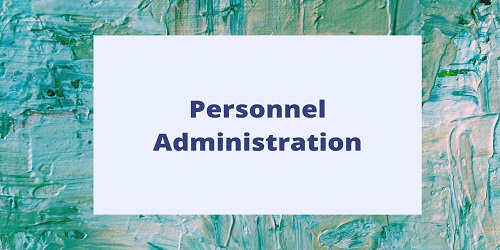
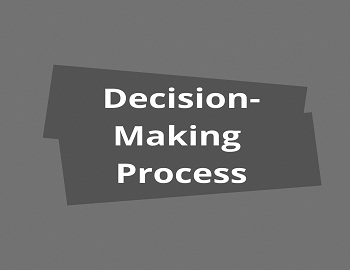


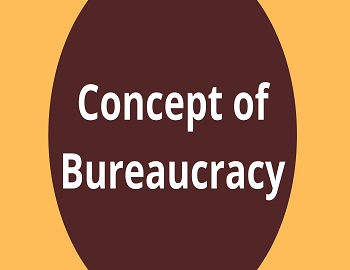
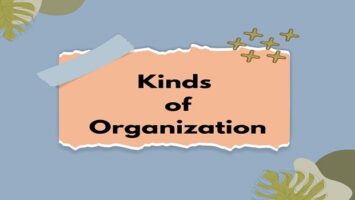
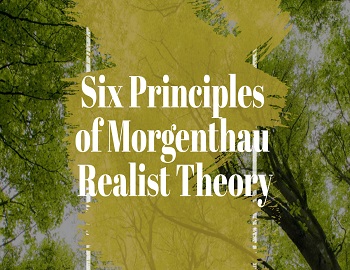
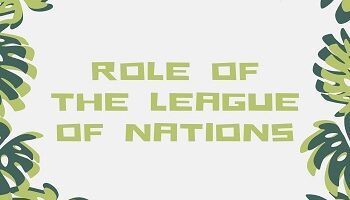

Comments (No)